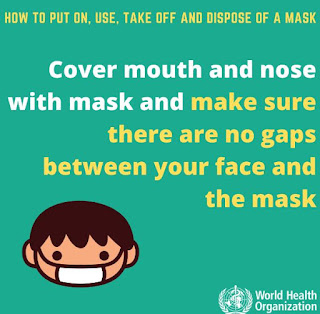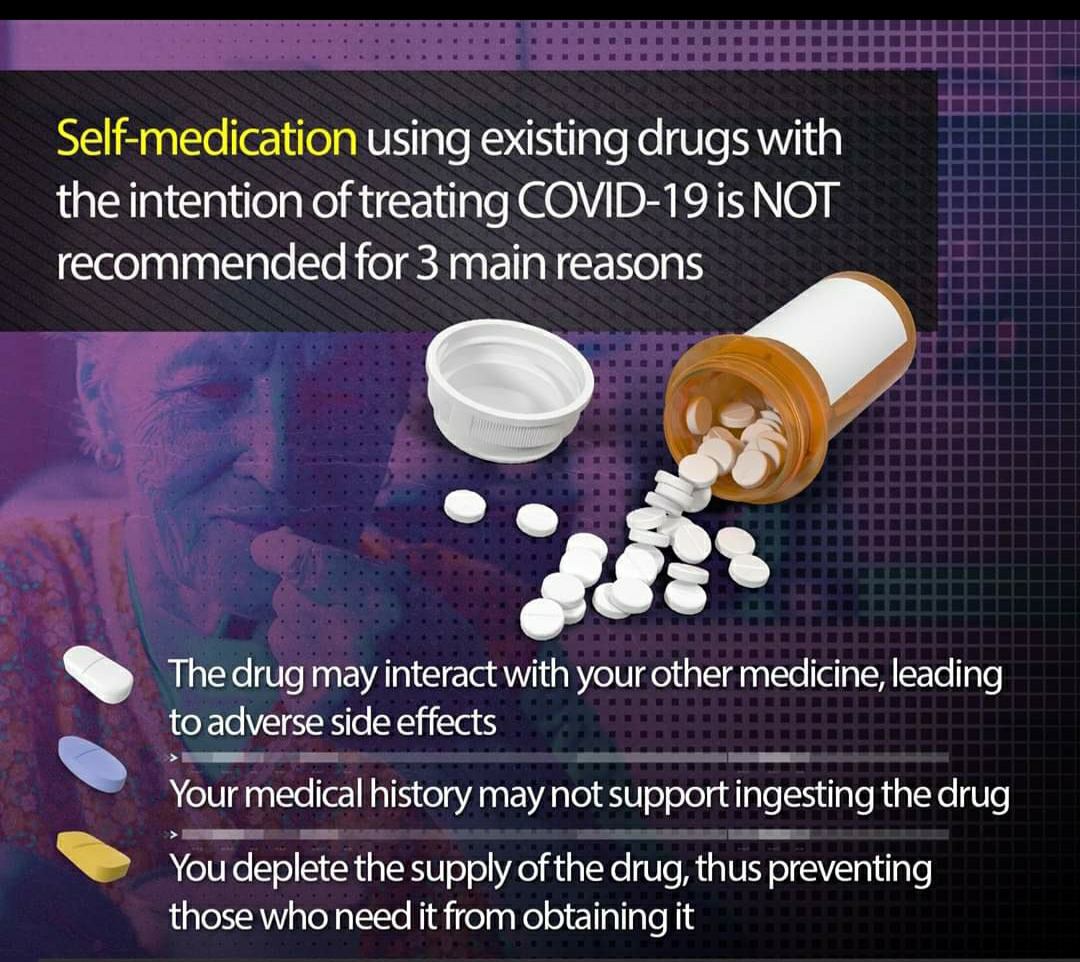CoroFlu is COVID-19 nasal vaccine that has been shown safe and efficacy data in humans, during phase 1 and phase2 and clinical
trials. Bharat biotech is involved in the development and testing of this
vaccine. This is an international collaboration project between the University of Wisconsin-Madison along with Flugen and Bharat Biotech. Coroflu will be built on the
backbone of FluGen’s vaccine candidate known as M2SR. Based on an invention by
UW-Madison virologists and FluGen Co-founders(Yoshihiro and Gabriele). This is
a self-limiting version of the influenza virus that induces an immune response against
the flu.
Is Social distancing is followed only in humans or other species too?
Yes, Animals to have their
own strategies of social distancing, for
example, infected ants spend most of the time outside their nest, in order to
avoid infection to other ants.
In honey bee hives, infected larvae emit
certain chemicals called bee-pheromones. Older bees have the capability to smell
these pheromones. So, the older bees will separate the diseased bees from the hives.
The infected bees will
take up honey as self antibiotics, if this doesn’t work they self isolate from
the group of bees.
In 1966, a chimpanzee named McGregor had contracted polio.
Other members of the group removed from
their crew. Once they get cured, they will be welcomed back.
During an infection, sick mice remove themselves from the group. Female mice can smell parasitic
infection in the male’s urine.
In aquatic species such
as Caribbean spiny lobsters emit certain chemical signals, which can be smelled
by fellow lobsters at an early stage of
infection. When a virus infects lobsters it takes up o 8 weeks to get
infected. Their fellow lobsters avoid them during the first 4 weeks of
infection.
In the case of the cow, they
self isolate themselves before giving birth to a calf in order to prevent the
disease from their calf. Female fish generally prefer parasite-free partners. In this
case, they use visual clues and chemical signals to identify infected
individuals. This has been observed in Trinidad guppies.
Possible drug
identified by Australian scientists for
coronavirus
Ivermectin, An FDA the approved antiparasitic drug has shown good results in vitro against broad range diseases such as Dengue,
influenza and Zika virus. Based on the study, available antiparasitic drugs can
kill the virus within 48 hours. Now, the next step is to determine the dosage calculation
for preclinical and clinical testings. The above study was conducted between
Monash University and Doherty institute of infection and immunity.



































